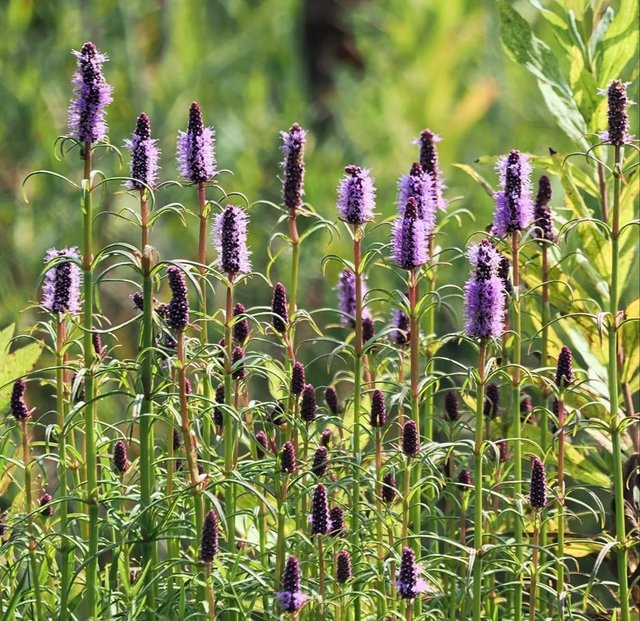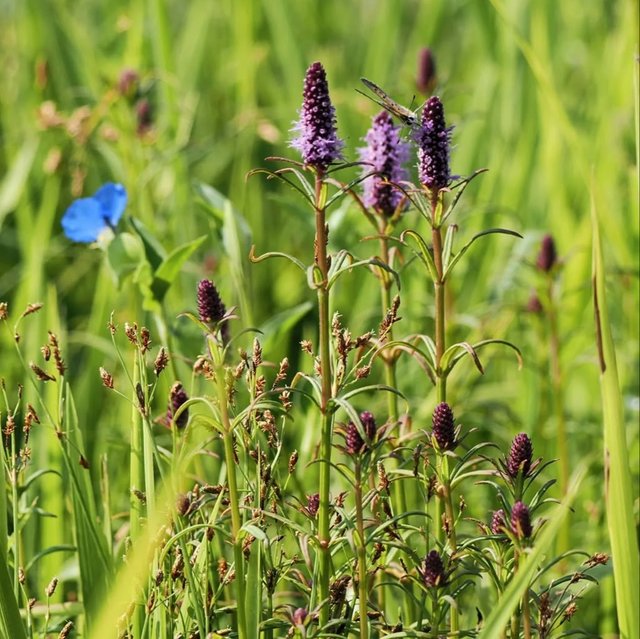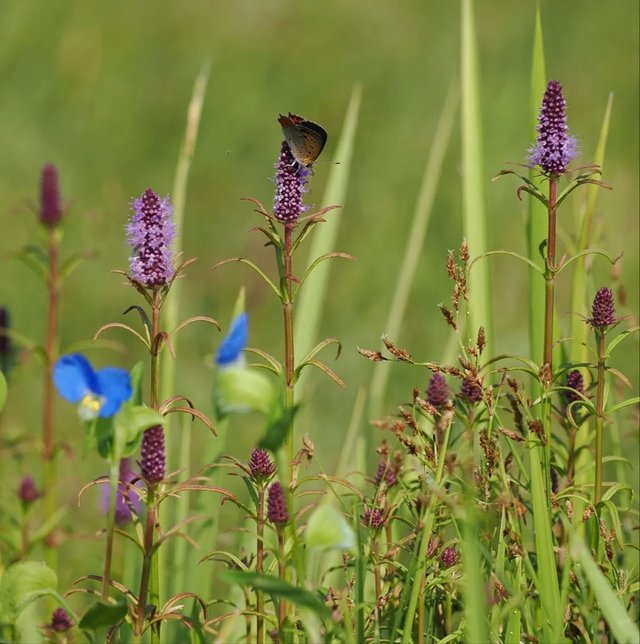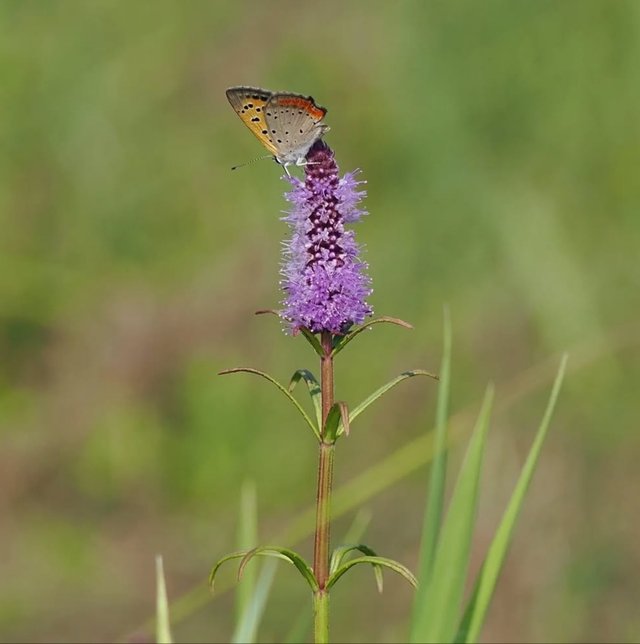Wonderful Giant Hyssops Flower
Giant hyssops are a group of striking, aromatic perennials that hold a special place in gardens, wild landscapes, and herbal traditions. Belonging to the mint family, they are admired for their tall, showy flower spikes, fragrant foliage, and remarkable ability to attract pollinators. Native mainly to North America and parts of Asia, these plants combine ornamental beauty with ecological value, making them a favorite among gardeners, herbalists, and nature enthusiasts alike.
Botanical Overview
The genus Agastache includes around 20 species, often referred to as giant hyssops or hummingbird mints. Despite their name, they are not true hyssops, though they share a similar minty fragrance. Most giant hyssops grow between 2 to 5 feet tall, with upright stems topped by dense spikes of tubular flowers. Their foliage is typically lance-shaped, soft, and aromatic when crushed, often giving off a sweet, minty, or licorice-like scent depending on the species.
The flowers, which bloom profusely in summer and early autumn, are available in shades of lavender, pink, purple, orange, and white, depending on the variety. These blooms are nectar-rich, making giant hyssops some of the best plants for supporting pollinators.
Ecological and Pollinator Value
Few plants are as valuable to wildlife gardens as giant hyssops. Their long-lasting flowers provide a continuous nectar source that attracts bees, butterflies, hummingbirds, and moths. Honeybees are particularly fond of them, and the nectar contributes to flavorful, aromatic honey. The tubular flowers are perfectly adapted for long-tongued pollinators, while the strong scent acts as a natural lure. In addition to nectar, their seeds also serve as food for small birds in late fall and winter.
Garden Uses and Cultivation
Giant hyssops are versatile and low-maintenance, making them excellent choices for home gardens, meadows, and naturalized plantings. They prefer full sun and well-drained soil, thriving in hot, dry conditions where other plants may struggle. Once established, they are drought-tolerant, making them ideal for xeriscaping.
Their tall, colorful spikes create vertical interest in flower beds, and they blend beautifully in prairie-style gardens, cottage borders, and pollinator patches. Because of their long bloom period and vibrant hues, they are also popular as cut flowers and in dried arrangements.




%20(8).jpeg)